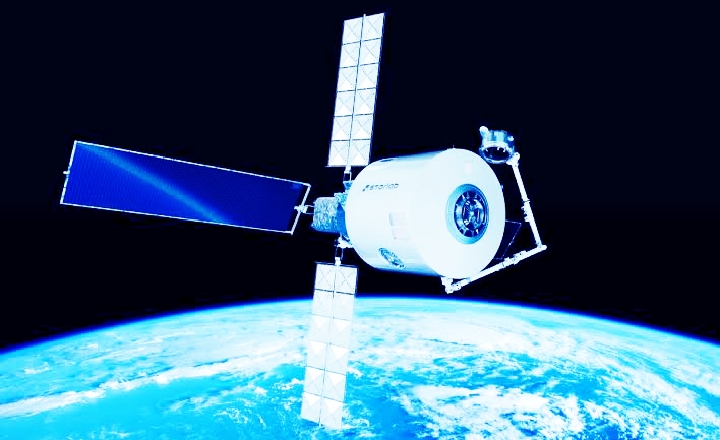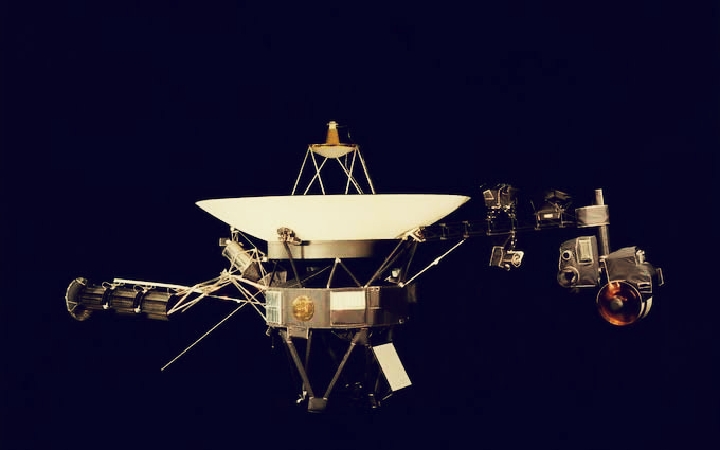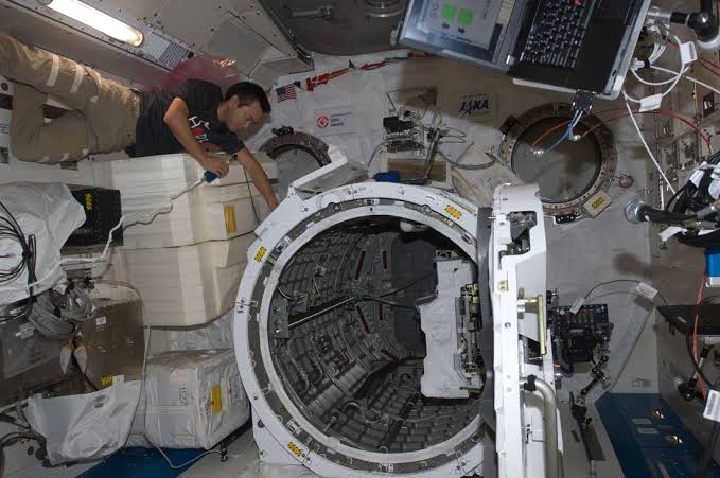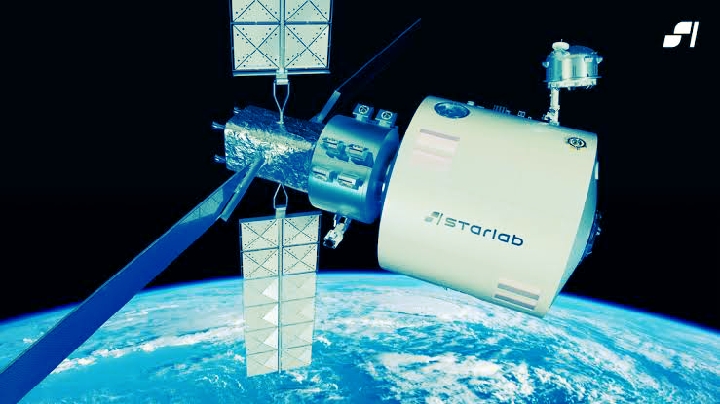Airlock Technolog The Explorer program, one of NASA’s most aggressive and effective space investigation drives, has dazzled the creative mind of researchers and devotees the same since its commencement in 1977. Contained two mechanical tests, Explorer 1 and Explorer 2, the program’s essential mission was to investigate the external planets and send back uncommon information about our planetary group and then some. A basic yet frequently ignored part of this stupendous mission is the job of isolated space innovation. Albeit the Explorer rocket did exclude sealed areas as a component of their plan — being automated tests — the idea of isolated spaces and their mechanical headways have been instrumental in the more extensive setting of NASA’s exploratory missions, impacting the turn of events and sending of shuttle that would follow.Sealed area innovation is fundamental in keeping up with the honesty of the space apparatus’ current circumstance, permitting space travelers to perform spacewalks, direct fixes, and send logical instruments without compromising the inner territory. This innovation guarantees a protected progress between the vacuum of room and the compressed climate of a space apparatus or space station. While the Explorer tests themselves worked in the unforgiving vacuum of room without human mediation, the examples gained from creating sealed area frameworks for different missions gave basic experiences into the designing difficulties and arrangements pertinent to all space missions.The advancement of airtight chamber innovation has upgraded the security, proficiency, and capacity of room investigation missions. The Explorer program, with its momentous accomplishments, set a trend for future missions, featuring the significance of strong innovative systems. Understanding isolated space innovation’s effect on the Explorer program takes into consideration a more profound enthusiasm for the complicated preparation and development that drive NASA’s quest for investigating the universe. As we anticipate new skylines in space investigation, the spearheading soul of the Explorer program and the basic advances it roused keep on directing our excursion into the unexplored world.

Voyager Nanoracks
The expression “Explorer Nanoracks” consolidates the tradition of NASA’s Explorer program with the state of the art developments of Nanoracks, a business space organization known for its spearheading work in space station equipment and sending frameworks. Nanoracks has turned into an innovator in giving admittance to space to little satellite organizations, payload mix, and exploration open doors in microgravity. By summoning the name “Explorer,” Nanoracks means its aspiration to push the limits of room investigation, similar as NASA’s Explorer tests, which have voyaged farther than any human-made objects ever.Nanoracks, laid out in 2009, has taken critical steps in democratizing admittance to space. It gives reasonable and solid stages to legislatures, organizations, and instructive establishments to direct tests and send satellites. Their creative utilization of existing space station framework, for example, the Global Space Station (ISS), has changed our opinion on space usage. Through their organization with NASA and other worldwide space offices, Nanoracks has empowered a great many logical and business exercises in low Earth circle.The expression “Explorer Nanoracks” could allude to a visionary venture that plans to join Nanoracks’ business keenness with the exploratory ethos of the Explorer program. Such a task could include sending progressed nanosatellites and other scaled down shuttle on lengthy span missions, like Explorer’s interstellar excursion. These missions could assemble information from the external planets and then some, sending back priceless data to additional comprehension we might interpret the universe. Utilizing Nanoracks’ involvement with conveying little satellites, this drive could use new advancements in impetus, correspondence, and independent route to investigate far off heavenly bodies.
Basically, “Explorer Nanoracks” addresses the conjunction of authentic investigation accomplishments and future-arranged space commercialization. It features a potential way where confidential endeavor and public missions meet, driving forward the journey for information and innovative advancement. By expanding on the essential work of the Explorer missions, Nanoracks could assist with introducing another time of room investigation, portrayed by financially savvy, lithe, and creative ways to deal with concentrating on our nearby planet group and then some. This combination of heritage and advancement highlights the extraordinary capability of consolidating the celebrated past of NASA’s investigations with the dynamic, enterprising soul of the cutting edge space industry.

Boeing Airlock
The expression “Boeing Airtight chamber” alludes to the complex sealed area frameworks created by Boeing, a central member in aviation design and space investigation. Boeing’s commitments to airtight chamber innovation have been crucial in upgrading the usefulness and wellbeing of room missions. Airtight chambers are urgent parts of rocket, filling in as temporary chambers that permit space travelers to move between the compressed inside of a space apparatus or space station and the vacuum of room. These frameworks guarantee that the uprightness of the environment is kept up with while giving safe departure and entrance to extravehicular exercises (EVAs), ordinarily known as spacewalks.One of Boeing’s eminent accomplishments in this area is the advancement of the Mission Joint Airtight chamber for the Worldwide Space Station (ISS). The Journey Isolated space, conveyed to the ISS in 2001, is a flexible module that upholds both U.S. furthermore, Russian space suits, highlighting its versatility and worldwide importance. This isolated space has turned into the essential passage for EVAs on the ISS, working with an extensive variety of support, fix, and logical undertakings directed external the station. Its plan consolidates progressed materials and designing answers for endure the brutal states of room, for example, outrageous temperatures, micrometeoroid effects, and radiation openness.
Notwithstanding its commitments to the ISS, Boeing is likewise engaged with the improvement of airtight chamber frameworks for future space missions. As a component of NASA’s Artemis program, which intends to return people to the Moon and in the end send maintained missions to Mars, Boeing’s sealed area innovation is supposed to assume a urgent part. The Door, an arranged lunar circling station, will require strong isolated space frameworks for its different modules to help space explorer missions nearby the Moon. Boeing’s skill in airtight chamber configuration guarantees that these frameworks will give the unwavering quality and wellbeing required for delayed lunar investigation.Boeing’s airtight chamber advancements additionally reach out to the business space area. With the appearance of private space stations and business team missions, Boeing’s sealed area innovation is ready to help another period of room openness. Their proceeded with headways in this field not just add to the wellbeing and outcome of human spaceflight yet in addition empower more extensive cooperation in space investigation by confidential elements. This development of capacities shows Boeing’s obligation to spearheading advancements that work with human presence and exercises in space, supporting their situation as a forerunner in the avionic business.

Voyager Space Station
The “Explorer Space Station” idea addresses an aggressive jump in the domain of orbital natural surroundings, consolidating the momentous tradition of NASA’s Explorer missions with the most recent headways in space station innovation. As the business space industry advances, the requirement for more complex, flexible, and tenable space stations turns out to be progressively basic. The Explorer Space Station plans to satisfy this need by giving a cutting edge stage for examination, the travel industry, and modern applications in low Earth circle (LEO).Imagined by Orbital Gathering Organization, the Explorer Space Station is intended to be the principal business space station with fake gravity. Using a turning ring structure, the station will create radiating power to reproduce gravity, tending to one of the main difficulties of long haul space residence — microgravity’s unfriendly consequences for human wellbeing. This capabilities the Explorer Space Station separated from momentum microgravity conditions like the Global Space Station (ISS), possibly making it more appropriate for all-inclusive visits by space travelers, scientists, and space sightseers.The Explorer Space Station will offer various modules custom fitted for various purposes, including logical labs, producing offices, neighborhoods, and sporting spaces. This particularity guarantees that the station can uphold a different scope of exercises, from state of the art logical investigations to the prospering space the travel industry. By giving an agreeable and utilitarian climate, the Explorer Space Station plans to draw in a wide cluster of clients, including public space organizations, privately owned businesses, scholarly foundations, and experience looking for travelers.
The development and activity of the Explorer Space Station influence cutting edge innovations in mechanical technology, materials science, and independent frameworks. Its gathering will include refined mechanical frameworks equipped for working in the cruel climate of room, guaranteeing accuracy and wellbeing. Also, the utilization of lightweight, tough materials will improve the station’s underlying trustworthiness while limiting send off costs.
In a more extensive setting, the Explorer Space Station addresses a huge move toward the commercialization of room. By making a flexible and livable stage in LEO, it will work with new open doors for logical examination, mechanical turn of events, and financial action past Earth. This drive repeats the spearheading soul of the first Explorer missions, which extended how we might interpret the planetary group. Essentially, the Explorer Space Station tries to expand our perspectives, making ready for manageable human presence in space and the possible colonization of other heavenly bodies.

Voyager Space Headquarters
The “Explorer Space Base camp” alludes to a focal center intended to oversee and facilitate an extensive variety of room related exercises, drawing motivation from the spearheading accomplishments of NASA’s Explorer program. This advanced base camp would act as the operational hub for directing different missions, from satellite tasks and space station the board to profound space investigation and business space adventures. Typifying the soul of development and investigation that described the first Explorer missions, the Explorer Space Base camp means to be a signal of mechanical headway and vital order in the blossoming space industry.At its center, the Explorer Space Central command would incorporate best in class correspondence, information handling, and mission control advancements to guarantee consistent coordination of room tasks. Outfitted with cutting edge telemetry and global positioning frameworks, the central command would screen space apparatus wellbeing, direction, and payload execution progressively. This ability is significant for keeping up with the security and outcome of both manned and uncrewed missions, whether in low Earth circle or a long ways past. The base camp would likewise have modern recreation conditions, permitting specialists and mission organizers to lead broad pre-flight testing and situation arranging, in this manner decreasing dangers related with space missions.
Besides, the Explorer Space Base camp would assume a significant part in cultivating coordinated effort between different partners in the space area. By filling in as a brought together gathering point for government organizations, privately owned businesses, scholastic foundations, and worldwide accomplices, it would work with the trading of information, assets, and mastery. This cooperative climate would speed up advancement and drive forward the improvement of new innovations, like impetus frameworks, life support systems, and space environments.Notwithstanding its functional and cooperative capabilities, the Explorer Space Base camp would likewise focus on open commitment and training. Including an intuitive guest place and computer generated reality displays, the base camp would give the public vivid encounters of room investigation. Instructive projects and effort drives would rouse the up and coming age of researchers, specialists, and space devotees, guaranteeing a consistent pipeline of ability for future undertakings.
In general, the Explorer Space Central command addresses a visionary way to deal with dealing with the intricacies of present day space investigation. By consolidating state of the art innovation, vital coordination, and cooperative collaboration, it expects to impel humankind further into the universe. Repeating the tradition of the Explorer tests, this base camp looks to grow how we might interpret space while cultivating a feasible and comprehensive spacefaring future.

AI HealthEngine with Healthcare Innovation